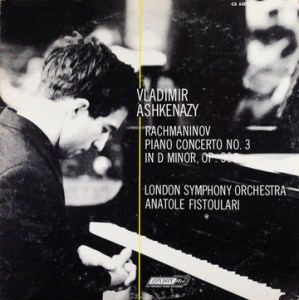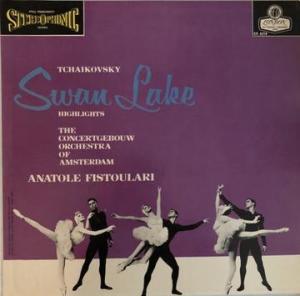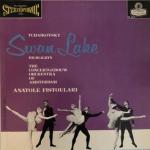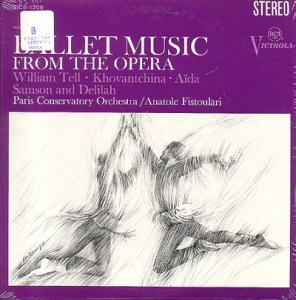 More on the Subject of Tubes in Audio
More on the Subject of Tubes in Audio
Hot Stamper Pressings of Living Stereo Recordings Available Now
The hall is HUGE — so transparent, spacious and three-dimensional it’s almost shocking, especially if you’ve been playing the kind of dry, multi-miked modern recordings that the 70s ushered in for London and RCA. (Many of Solti’s recordings from the decade are not to our liking, for reasons we lay out here.)
EMI recordings may be super spacious but much of that space is weird, coming from out-of-phase back channels folded in to the stereo mix. And often so mid-hall and distant. Not our sound, sorry.
We strongly believe that there will never be a modern reissue of this record that even remotely captures the richness of the sound found on the best of these Living Stereo original pressings.
Here are some of the strengths and weaknesses we noted on a copy we played way back when.
Side One
Big and lively. The Tubey Magical colorations are a bit much for us, with too much tube smear on the strings and brass to earn more than a single plus.
Side Two
Even bigger and more spacious, with some smear caused by the serious amounts of tube compression being used, of course, but the quiet passages are magical. [Which is precisely what heavy tube compression is designed to accomplish.]
The Victrola Reissue
We much prefer the sound of the Victrola reissue, VICS 1206, which came out in 1966.
As for the Victrola pressing, we’re guessing — how could we possibly know for sure? — that less tube compression was used in the mastering.
It’s still plenty tubey, but more to our taste for not being overly tubey.
Plenty of the records we audition suffer from bad tube mastering, a quality we have no trouble recognizing and criticize at length all over this very blog.
In that respect we have little in common with the True Believers who seem to want to defend analog regardless of its shortcomings.
We don’t hesitate to criticize new records that have bad sound as well as old records that have bad sound.
Bad sound is bad sound no matter when the record was pressed.
Too Many Tubes?

 More of the Music of Jacques Offenbach (1819-1880)
More of the Music of Jacques Offenbach (1819-1880)





 More of the Music of Jacques Offenbach (1819-1880)
More of the Music of Jacques Offenbach (1819-1880)